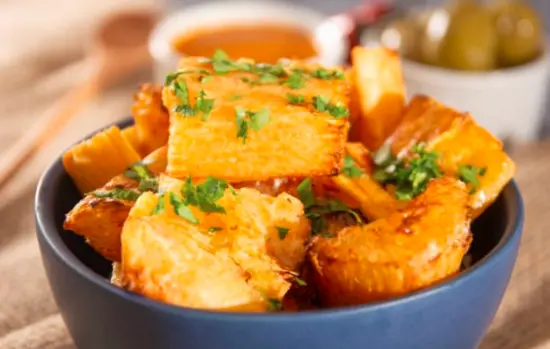Starting a cassasse cake-baking adventure is like entering a realm where love and flavors collide. The cake, celebrated for its silky texture and delectable flavor, transcends mere dessert—it becomes a culinary odyssey. This expertly crafted guide is designed to assist bakers at every skill level in creating this exquisite treat. Every step, from ingredient selection to the final embellishments, is thoughtfully detailed to ensure that both the taste and presentation of your cake are impeccable.
History of cassasse
The origins of cassasse go far into the chronicles of the gastronomic past, encircling a tale of tradition, evolution, and societal significance. This is a beautiful meal that has evolved throughout time, showcasing the adaptability of ancient culinary traditions. The journey of a local area’s sense of taste is reflected in its historical background it, from its humble beginnings to its current place as the most sought-after delicacy. Like a laboriously constructed recipe, each layer of its collection of experiences reveals the culinary ingenuity that has elevated it to its esteemed position in the culinary world.
Getting Ready to Bake
Selecting the Appropriate Equipment
Ingredients alone are not nearly as important as the proper baking tools. It’s important to have a good mixing bowl, a dependable oven, and the appropriate cake pan. In addition to guaranteeing the cake keeps its ideal shape, using a springform tin might make removal easier.
Preparations for Baking
When baking, organization is essential. Measure out all of the ingredients first. Set the oven temperature to the proper setting, which is typically 350°F (175°C), to guarantee a stable baking environment. Using parchment paper to line the cake tin can assist ensure uniform baking and avoid sticking.
The Method of Baking
Combining the Substances
Cream the sugar and butter until they are frothy and light. This allows air to be included and gives the cake its airiness. Add the eggs one at a time, making sure to completely integrate each before adding the next. To avoid lumps, sift in the dry ingredients. To keep the batter uniform, swap out the liquid components in recipes that call for them for the dry ones.
How to Make cassasse Cake
Smooth the top of the batter after pouring it into the prepared pan. Before a skewer placed into the center comes out clean, bake the cake until it turns brown. Oven collapse can be prevented by not opening the oven too often.
Acquiring Proficiency in Complex Methods
Personalizing Your Cake Using cassasse
The versatility of cassasse cake is what makes it so beautiful. Try other flavor combinations; for a chocolate version, add cocoa powder, or add fruit purees for a novel take.
Creating Cake Decorations
A beautifully adorned cascsasse cake is a visual feast. Cakes may be turned into works of art by using simple methods like dusting them with powdered sugar or creating intricate icing designs.
After-Baking Advice
Keeping and Presenting
Before storing the cake, let it cool fully. When wrapped in cling film, it keeps for a few days. To bring out the flavors, serve it warm or at room temperature.
Troubleshooting Typical Problems
Verify if the baking powder is active and whether the cake is very thick. An overheated oven might be indicated by a cracked top. The baking method may be enhanced by knowing these typical problems.
The Conventional and Cultural Use of cassasse in Caribbean Culture
The Caribbean’s rich culinary traditions are a lovely reflection of its lively culture. cassasse is one such classic meal that natives in the Caribbean have a soft spot for on their palates and hearts. Additionally, this delicious treat has been handed down through the ages and is now a staple of Caribbean cooking.
It is more than simply cuisine on the Caribbean islands; it’s a representation of tradition, community, and celebration. Moreover, at family get-togethers, festivals, and other social occasions, it frequently takes center stage. Making and sharing it has developed into a beloved custom that unites people in celebration of their common cultural heritage.
Beyond the kitchen, it is also used in other contexts. During religious rites or rituals, it is significant in many communities around the region. When presented as a gift to gods or ancestors, it is said to bring luck and favors. Its ability to connect historical customs with contemporary festivities makes it a true representation of Caribbean culture.
Conclusion
Without a sure, cassasse is more than just a straightforward dish—it’s a conglomeration of flavor, etymology, and history. Its evolution over time reflects the adaptability and flexibility of culinary traditions. The carefully arranged fasteners provide an ethereal flavor of embroidery that is endearing. Moreover, etymologically speaking, it adds levels of significance to the dining experience. Additionally, this is a convivial and culinary journey that beyond the traditional, inviting café to partake in a centuries-old culinary legacy.










Leave a Reply